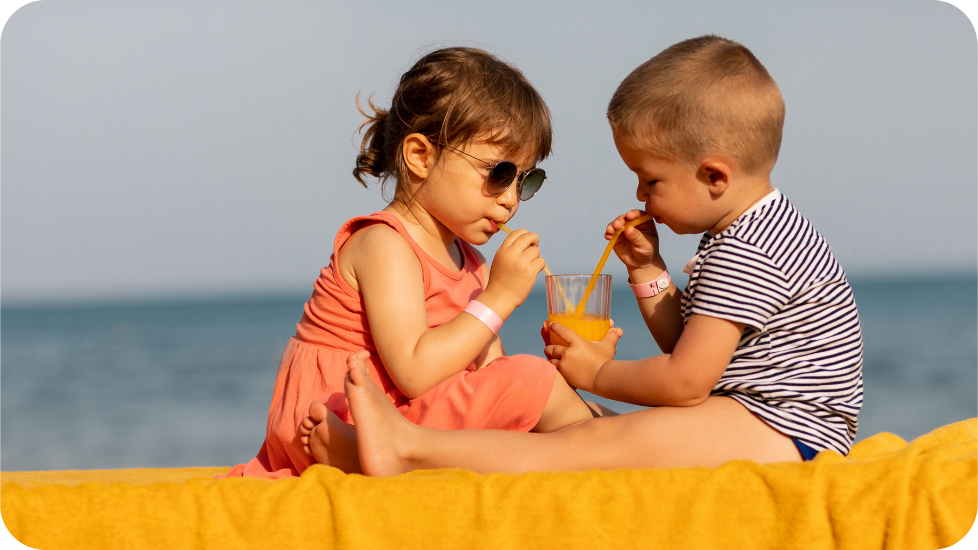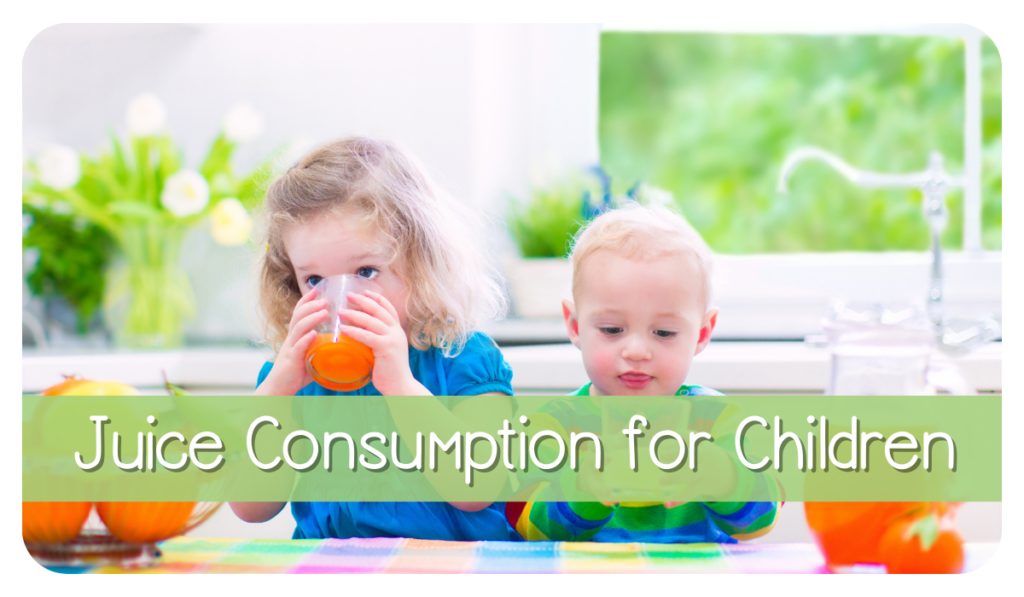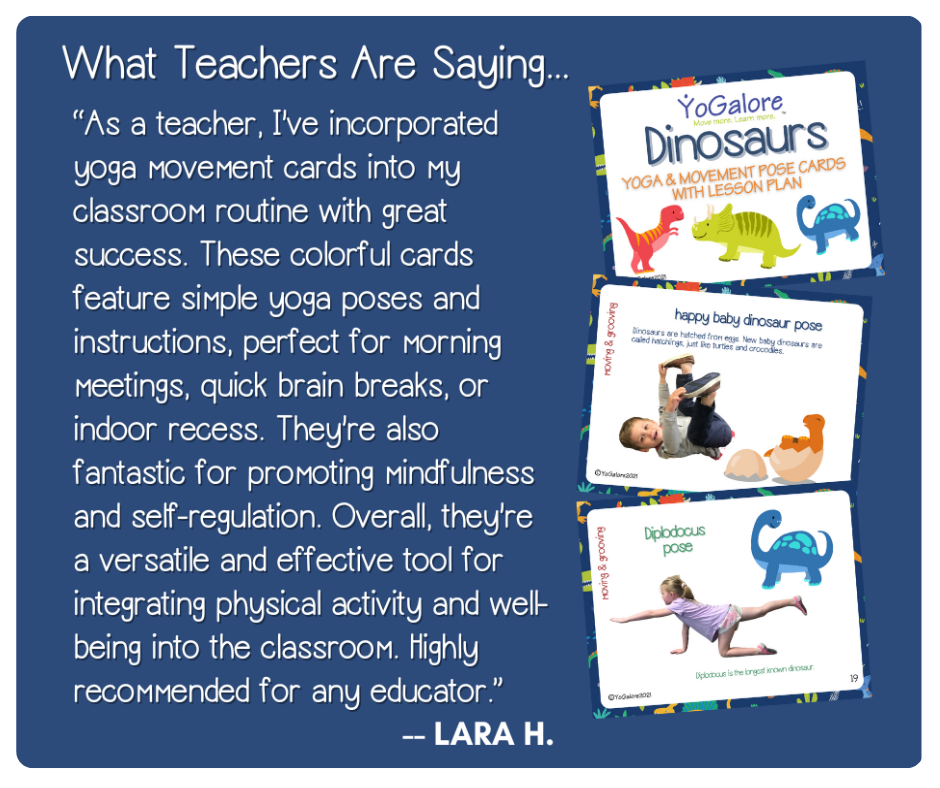Juice and sports drinks are often used by parents to quench children’s thirst during the hot months of summer. While thinking they are doing what’s best for their kids, research suggests that parents may be offering their children too much of a good thing. Several studies have linked increased juice consumption to both childhood obesity and failure to thrive. The American Academy of Pediatrics has revised its recommendations about how much juice we should offer our children and when we should offer it.
In the revised statement, the AAP has expanded its list of recommendations for pediatricians and parents who want to regulate fruit juice consumption in children:
•Fruit juice should not be given to infants before 6 months of age.
•After 6 months of age, infants should not get juice from bottles or cups that allow them to consume it easily throughout the day.
•Infants should not get juice at bedtime.
•For children ages 1 to 6, intake of fruit juice should be limited to four to six ounces per day.
•For children ages 7 to 18, juice consumption should be between eight and 12 ounces a day.
•All children should be encouraged to eat whole fruits. Whole fruits provide other benefits like fiber and other nutrients.

Q. How do I know which kind is best for my child?
A. The FDA mandates that only products which are 100% juice may be labeled “juice.” All other products must be labeled as fruit drinks, beverages, or cocktails.
It is very important that you be aware of what you are buying in the grocery stores. Being a smart consumer can help your child more than you realize. Recently we went to our local grocery store and checked out our options. Many fruit drinks are not the real deal. For instance here’s what some of the leading brands of fruit drinks put on their labels:
•”Flavored Juice Blend”
•”All Natural Juice Drink”
•”100% Vitamin C, Made With Real Fruit Juice”
Only fruit drinks that are labeled “100% Juice” are the real thing. If you read the ingredients on the back, they should read something like this:
“apple juice, grape juice (water, juice concentrate), natural flavors”
Don’t rely on the brand name. Some brands offer beverages that are 100% juice, but then also offer other products that are NOT 100% juice, so it is very important that you read the labels.
Generic store brands are also 100% juice if they are labeled “juice”. Just because the store brand is cheaper, doesn’t mean it isn’t as good for your child as the more costly, well-known brand.
Fruit drinks that are not “juice” (by the standards of the American Academy of Pediatrics and the FDA) usually have ingredients that look something like this:
“water, high fructose corn syrup, juice concentrate”
“High fructose corn syrup” is nothing more than sugar. So what is best on a hot day when the kids have been outside playing? Water. Plain old, clear, calorie-free water. Most all of the drinks we checked had anywhere from 90 to 110 calories per serving, so try giving your child water whenever possible. Also, diluting juice is also a good idea to ensure you child isn’t drinking too much of it per day. If you start off diluting juice with water, the kids won’t know the difference.
One Word of Caution
Make sure that you give your children juice that is pasteurized. Unpasteurized products can cause serious harm to your child. Deborah Flomenhoft, M.D. says, “The dangers of unpasteurized juice far exceed those of juice drinks/beverages etc: excess weight and cavities are preferable to hemolytic uremic syndrome from e.coli or salmonella sepsis or a never-ending diarrhea from cryptosporidium”.
For more information check out the American Academy of Pediatrics website at www.aap.org.
For more information about sippy and straw cups, visit our post.
Thanks to Deborah Flomenhoft, M.D. for contributing to this article. Some information was also compiled from the American Association of Pediatrics.





